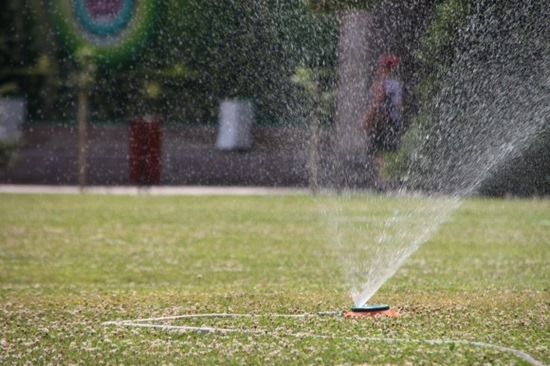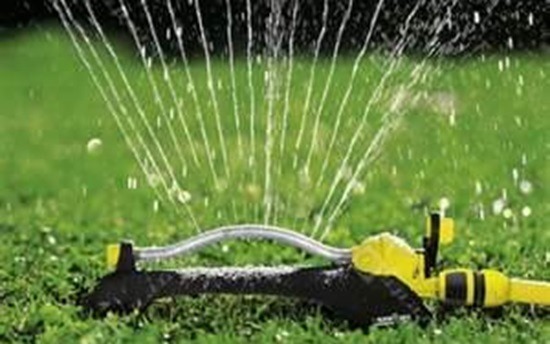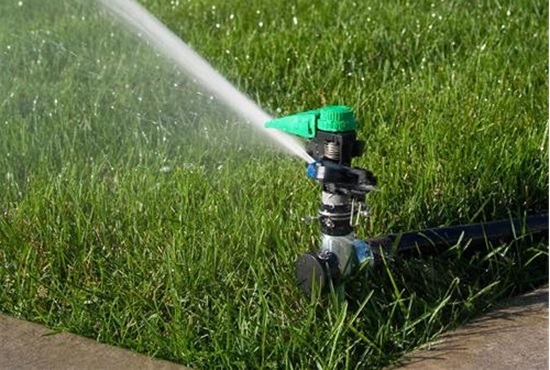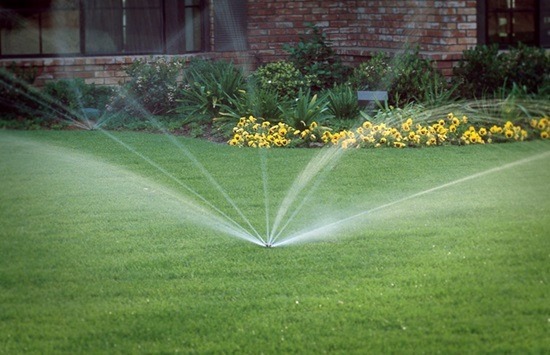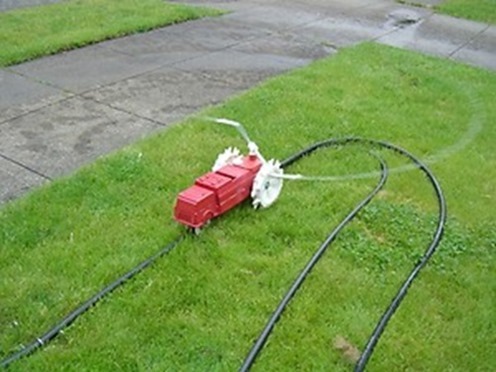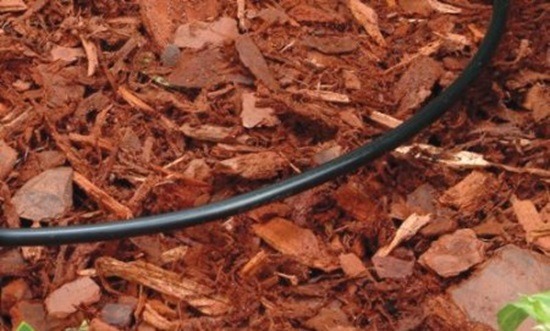Things to Know before Installing a Sprinkler System
11.3 years ago DIY, sprinker system, water
Sandy soil, clay soil, grass types, it can be a lot to take in. And knowing exactly how to water your lawn to keep it green and healthy can be a task. However, automatic sprinkler systems can help ease your burden. But a sprinkler system isn’t a one-and-done type of project. It takes planning, preparation, and time to achieve your goal of installing an automatic sprinkler system. Here are a few things you’ll need to do prior to installing your new system.
Need a Permit?
One of the most commonly overlooked tasks when homeowners install sprinkler systems is checking with your locality to see if you are required to obtain a building permit to install your system. Now, you may be scratching your head and asking, “Why would I need a building permit? I’m installing something underground on my property.”
Well, when it comes to sprinkler systems, you aren’t simply laying piping down in the ground and connecting a hose to it. There is a good deal of wiring that goes into it, and your city or county may have requirements you must meet prior to installing your system. While most contractors will take care of all your permit needs, if you are planning on installing yourself, you will need to do your due diligence and contact the proper locality to determine what permits you may need.
Check for Underground Utilities
Prior to planting your shovel into the ground, you need to check for any underground utilities that may be in your yard. This is not just a safety concern, it is required by law that you check for utilities prior to digging on your property. Some utilities are not far beneath the surface, and even a relatively shallow dig can get you in a world of trouble.
Digging without knowing where your underground utilities are located puts you in harm’s way. Knowing where your utility lines are buried will help protect you from injury and prevent damages to your utilities, service disruptions, and potential fines and repair costs. Even if you’ve called before for a similar digging project, call again. Every job requires a call to your utility providers to ensure your safety and your neighborhood’s utility service.
Local Watering Ordinances
Lastly, you’ll want to check all of your local watering ordinances to see if you must adhere to certain watering restrictions. Many municipalities have responded to water shortages and droughts by implementing laws that restrict how many times per week you can water your lawn, for how long, and in some cases, have implemented laws dictating when you can water your lawn. To verify any watering ordinances for your area, you can search online for your city and county water restrictions to see which restrictions, if any, apply to your location.
Finding the Right Sprinkler for Your Garden
With the right watering habits and right system for your garden, you can enjoy a healthy lawn and garden each and every year. However, it’s important to know which type of sprinkler system is best for your needs.
There are several factors to consider when choosing your new sprinkler system. You may even be best suited to utilize more than one type of sprinkler to ensure your yard and garden are covered. Here are some questions to ask yourself as you shop for the right sprinkler system for your garden.
- > How large is the area that needs to be watered?
- > How frequently should you water?
- > What is the climate like in your region?
- > How can you most effectively water those hard-to-reach areas in your garden?
Types of Sprinkler Nozzles
When you’re in need of a sprinkler system, knowing the differences between the different types of sprinklers will help you choose the best fit for your lawn. Fixed sprinklers feature several different designs that cast water in a single pattern over a fixed area. They offer fast and precise watering, and can water those hard-to-reach areas and are ideal for small areas, gardens and landscaping, fixed sprinklers.
Oscillating sprinklers have a long tube with numerous openings and move back and forth, creating a fan-shaped waterfall. Best for medium- and large-sized areas and areas that are newly seeded, oscillating sprinklers provide you with gentle watering, even coverage, and are best for covering a rectangular or square pattern.
Impact sprinklers, also known as impulse sprinklers, are those which rotate in a circle and shoot a single jet of water and make a distinctive clicking sound when in use. Best for large areas, impact sprinklers are very wind-resistant, are less likely to clog, offer an adjustable pattern, and provide you with lower water pressure and flow rate.
Rotating sprinklers, best for gardens and medium-sized areas, have two or more arms and spin to disperse water in a circular pattern. The benefits of a rotating sprinkler include even water distribution, they often feature adjustable jets and bases, and they work quickly.
Traveling sprinklers, which resemble little tractors, move through your yard in a preset pattern. These mini-tractors drag the hose behind them as they water your yard. These are great for using in a wide area, and can save you time watering your yard and garden. Traveling sprinklers are best for areas that are uneven, and yards that are oddly shaped.
Drip Irrigation
Drip irrigation, a combination of several low-pressure, low-volume water delivery systems, is also known as a micro-irrigation system. Each system is distinguished by a different style of water emitter. Originating with commercial growers and farmers, drip irrigation systems are now a popular option for home gardeners who desire to conserve water.
These systems are the best way of getting the most from your plants while maximizing your water resources. Drip irrigation systems tend to use less water than conventional watering techniques and systems, as they aim to keep the plant’s roots moist without saturating. Drip systems are often installed in the subsoil, where they can be hidden beneath a layer of mulch.
Great for long strips of lawn, oddly shaped gardens, and raised beds, drip irrigation systems offer a low flow rate, easy installation, and allow you to target the exact area where you want to water, and allows you to deliver it exactly when you want when used with a timer. Other benefits of drip irrigation systems include their ability to deliver water without creating an overly moist environment, helping keep fungal diseases from your garden, and they improve the water-holding capacity in sandier soils.
Rachael Jones is a Staff Writer for DIYMother
